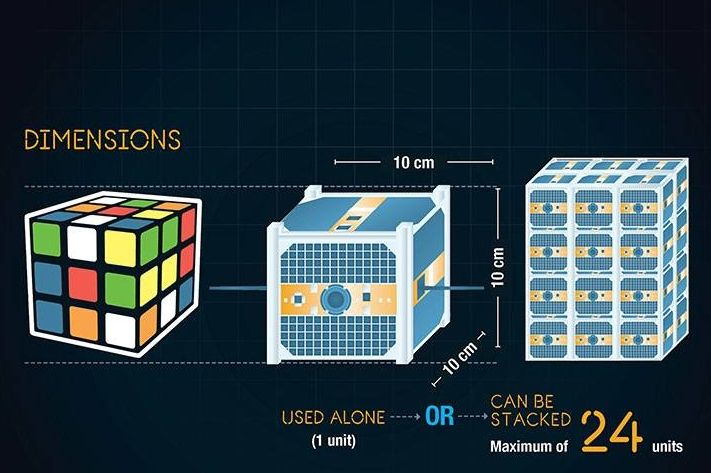Dec 13, 2018
Understanding the Future of Humans, AI and Quantum Computers
Posted by Klaus Baldauf in categories: quantum physics, robotics/AI
I believe it is likely that we will have 10,000 qubit quantum computers within 5 to 10 years. There is rapidly advancing work by IonQ with trapped ion quantum computers and a range of superconducting quantum computer systems by Google, IBM, Intel, Rigetti and 2000–5000 qubit quantum annealing computers by D-Wave Systems.
10,000 qubit quantum computers should have computing capabilities far beyond any conventional computer for certain classes of problems. They will be beyond not just any regular computer today but any non-quantum computer ever for those kinds of problems.
Those quantum computers will help improve artificial intelligence systems. How certain is this development? What will it mean for humans and our world?

















